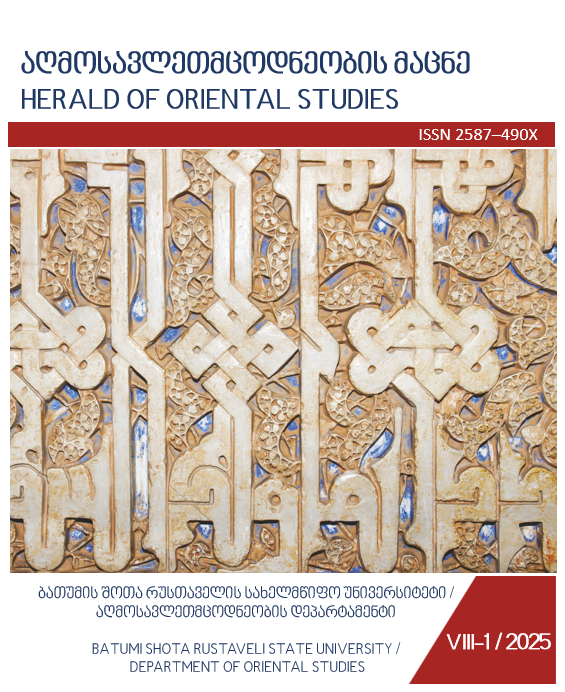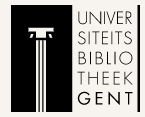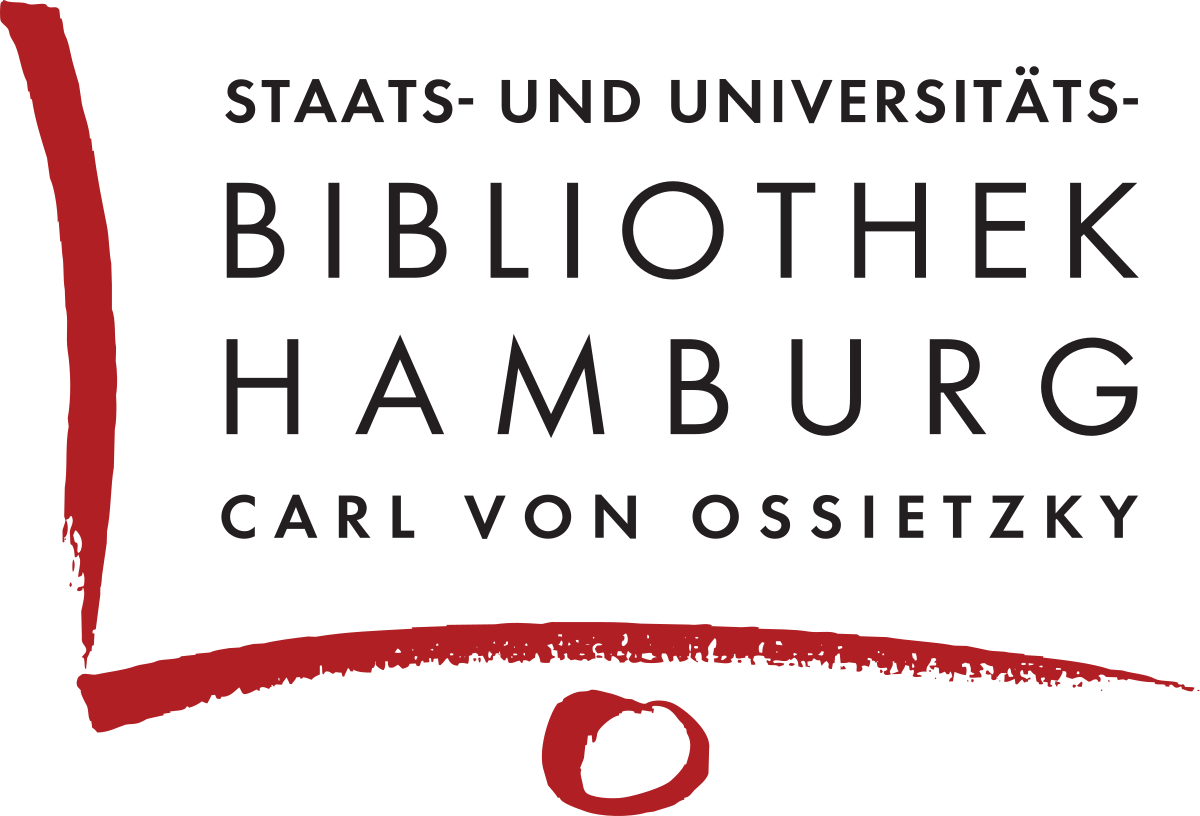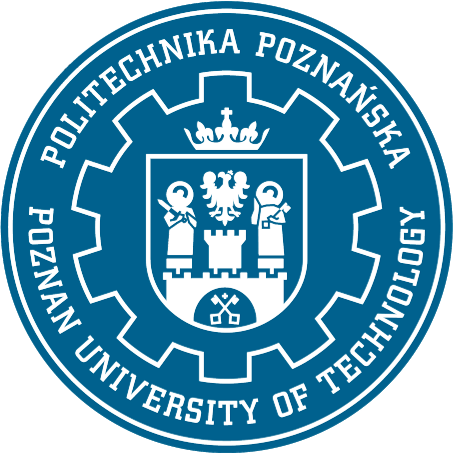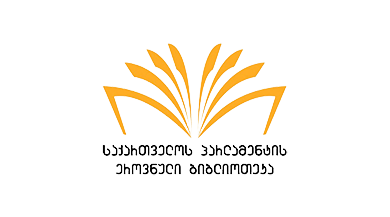Sino-Soviet Treaty of Friendship, Alliance and Mutual Assistance (1950-1980)
DOI:
https://doi.org/10.61671/hos.8.2025.9093Keywords:
Chinese communists, People’s Republic of China, Sino-Soviet relations, Mao in MoscowAbstract
The twentieth century represents one of the most tumultuous and transformative periods in Chinese history. During this time, China experienced four major political transitions. In 1911, the imperial monarchy was overthrown and replaced by the Republic of China under the leadership of the Nationalist Party (Kuomintang, or Guomindang). Shortly thereafter, power was fragmented among regional warlords. In 1927, the Kuomintang regained central authority, only to lose control again in 1949 to the Chinese Communist Party (CCP), which has remained in power ever since.
In addition to these domestic political changes, China’s foreign relations and economic conditions were marked by instability and frequent setbacks. Throughout the first half of the century, parts of China remained under the control of Western powers as well as Russia and Japan. Chinese society continued to suffer from poverty and foreign dependency. Relations with Japan deteriorated sharply beginning in 1931, culminating in the Second Sino-Japanese War (1937–1945). Following Japan’s defeat, a civil war between the Nationalists and Communists ensued, ending with the Communist victory and the establishment of the People’s Republic of China (PRC) on October 1, 1949.
Despite personal tensions between Mao Zedong and Joseph Stalin, Mao opted for close alignment with the Soviet Union. In 1950, he traveled to Moscow and signed a new treaty entitled the Sino-Soviet Treaty of Friendship, Alliance, and Mutual Assistance, a document that resembled an earlier 1945 agreement signed between Stalin and Chiang Kai-shek. The 1950 treaty was concluded for a 30-year term and can be divided into three distinct phases:
- 1950–1958: A period of friendly and cooperative Sino-Soviet relations.
- 1959–1969: Escalating ideological and political tensions between Mao and Khrushchev, culminating in military confrontations.
- 1970–1980: A phase of silent rivalry and the eventual dissolution of the alliance.
This study examines the evolution of Sino-Soviet relations from the signing of the 1950 treaty until its expiration in 1980. It traces the development of the alliance across its three major phases and includes a comparative analysis of the 1945 and 1950 treaties. The research seeks to provide Georgian-speaking audiences with a deeper and more nuanced understanding of Sino-Soviet “friendship”, encouraging a more objective interpretation of this bilateral relationship and greater awareness of China’s perspective on the Soviet Union.

